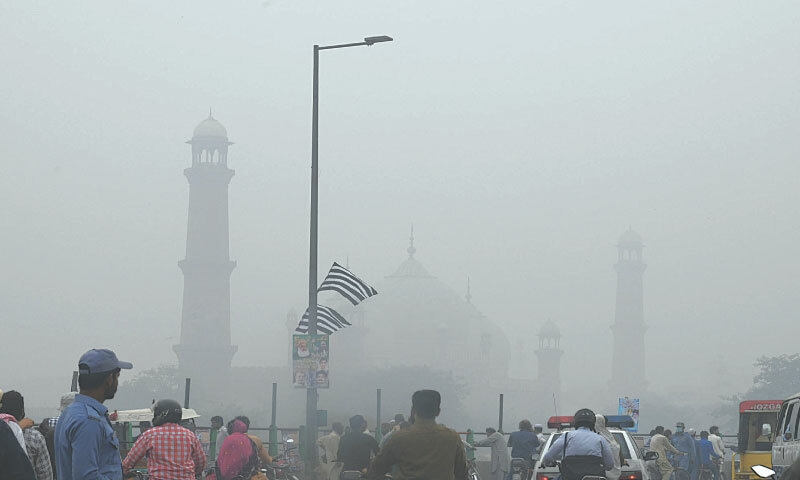
Atia Sahar
Arduous militarization of the Siachen Glaciers is a menace for Pakistan as well as India
Most Read Stories Today
-
Water Scarcity and Artificial Rainfall: The Positive and The Negative Effects of Cloud Seeding, including Health Hazards and Climate Implications.
-
Renewable Energy in Rural Areas: Challenges, Opportunities, and Successful Rural Projects
-
Pakistan's Agriculture at Risk Due to Climate Variability
-
South Africa's Recent Floods: Is Climate Change to Blame?
-
South Korea's floods: root causes and prevention strategies.
-
South Africa: Cape Town, A City Under Fire
-
The Human Cost of Climate Disasters
-
Our Oceans, Our Future: The South African Dilemma of Overfishing
-
Degenerative Impact of Hydrocarbons On The Environment.
-
Sustainable Urban Planning - Copenhagen and the Path to Climate Resilience
Either ways, human beings have managed to indulge themselves in conflicts with fellow human individuals without thinking about or paying any kind of attention to its consequences.
Either ways, human beings have managed to indulge themselves in conflicts with fellow human individuals without thinking about or paying any kind of attention to its consequences, and this can be proved by digging into the chronicles. Even during the contemporary era, there are multiple ongoing disputes either on the basis of territorial division, terrorism (or racial discrimination), etc. Taking the former sub-continent into account, it can be observed that though this region is now divided into multiple countries, still from time to time they turn out to battlefields, while almost completely neglecting the consequences of these incidents or adventures. Even though it has been a while since 1984; we know that India contravened and attacked the Siachen Glaciers, within Pakistan’s part of Kashmir. Later in 2003, a peace treaty was signed by the armies of both countries. As a matter of fact, the region is still strongly guarded by the armies of both countries while bearing and spending millions of dollars yearly regardless of extreme climatic conditions which create unexpected avalanches and freezing cold temperatures (e.g. ranging between minus -70 to -40), etc.
The fact remains that the region is continuously suffering from global warming and heat waves which eventually results in the gradual meltdown of ice or glaciers. Also the presence of armed forces and heavy military equipment along with air fights (helicopter clashes and crashes) is just resulting in acidizing the atmosphere and the melted water. Furthermore, because of unseasonal snowfall (e.g. snowfall in February before the arrival of summer), floods and avalanches are expected as well. Within the past few years melted water becoming a part of the Nubra river which have caused flood situations in Indian territory.
In 2015, the then-prime minister of Pakistan Nawaz Sharif during the United Nations General Assembly’s annual session requested for demilitarization or complete back off of armies from Siachen. According to an article published in 2017: “The Gyari Avalanche in 2012 which took the lives of 129 Pakistani soldiers and 11 civilians, is a reminder of the risks to those who serve there.” In the last 31 years, militarization has “inflicted a great deal of damage on this fragile environment. Building of pipelines, drilling, chemical leakage, human waste, and construction of buildings in defiance of agreements, as well as troop movements and helicopter flights, have put pressure on the glacier and surrounding regions,”.
To be precise although this battlefront is not that active, the military presence on the world’s highest icy battleground is enough to create alarming climatic concerns or issues. Abrupt avalanches and extreme weather conditions have killed hundreds of soldiers from both countries. Even the melted water extracted from these glaciers is not edible or useful for consumption by humans or living beings. Yet, at the end of the day, it merges itself from minor to major rivers like that of Nubra River to the Shyok River, and finally into the Indus River.
Edited by: Muhammad Abdullahi Ibrahim
https://www.threads.net/@muhammadabdullahiib?igshid=NTc4MTIwNjQ2YQ==

Terms & Conditions
Subscribe
Report
My comments